SHOP BY CATEGORY
Hibiscus Tiliaceus plant
Original price was: ₨ 500.₨ 300Current price is: ₨ 300.
Tropical and eye-catching, the Hibiscus tiliaceus plant adds beauty and biodiversity to your garden with its ever-changing yellow-orange blooms and lush heart-shaped foliage.
Hibiscus tiliaceus Plant (Sea Hibiscus)
The Hibiscus tiliaceus, also known as Sea Hibiscus, is a stunning coastal shrub or small tree admired for its vibrant flowers and lush heart-shaped leaves. Its tropical appearance and resilience make it perfect for home gardens, seaside landscapes, or decorative indoor use near bright windows. The plant’s yellow flowers open in the morning and transition to deep orange by evening, giving your garden a unique, ever-changing look.
Key Features:
-
Blooming Color: Large, bright yellow flowers with maroon centers that fade to orange or red before dropping.
-
Foliage: Broad, heart-shaped leaves with glossy green tops and slightly silver undersides.
-
Height: Grows 3 to 6 meters tall; excellent as a decorative hedge or standalone tree.
-
Light Requirements: Thrives in full sun to partial shade.
-
Soil Type: Prefers well-drained sandy or loamy soils; tolerates coastal, salty environments.
-
Water Needs: Regular watering; tolerates occasional flooding and saline conditions.
Why Choose It:
-
Ideal for coastal gardens, driveways, or as a tropical accent tree.
-
Attracts butterflies and bees, enhancing biodiversity.
-
Used in traditional crafts and medicines in tropical cultures.
Care Tips:
-
Prune lightly to shape and encourage fuller growth.
-
Mulch around base to retain moisture in dry seasons.
-
Fertilize in early spring with a slow-release balanced fertilizer.
❓ FAQs
Q1: Can Hibiscus tiliaceus be grown in inland gardens?
Yes, though native to coastal areas, it grows well inland if it gets full sunlight and well-draining soil.
Q2: Is it a fast-growing plant?
Yes, it’s a moderately fast grower and can become a mid-sized tree within 2–3 years with proper care.
Q3: How often does it flower?
It blooms almost year-round in warm climates, with heaviest flowering in late spring and summer.
Q4: Is the plant suitable for pots?
Yes, in large containers. Ensure proper drainage and full sunlight for best performance.
Q5: Is the plant safe for pets?
While not known to be highly toxic, always keep garden plants out of reach of curious pets.
| Weight | 5 kg |
|---|

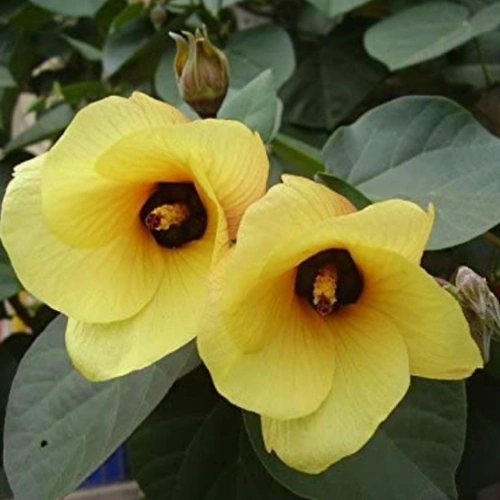
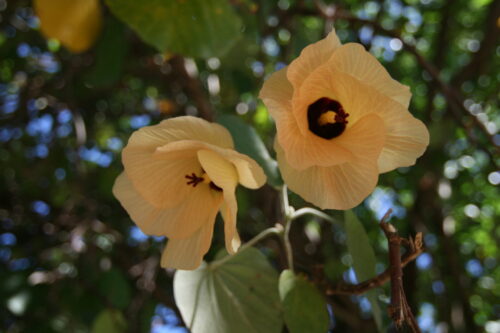
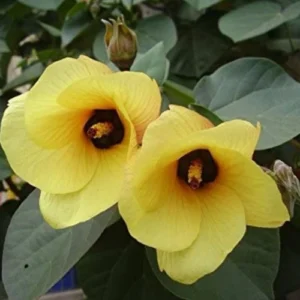
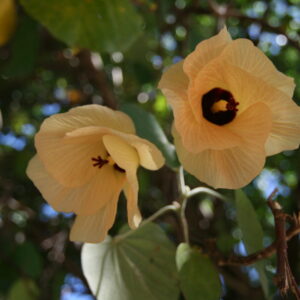
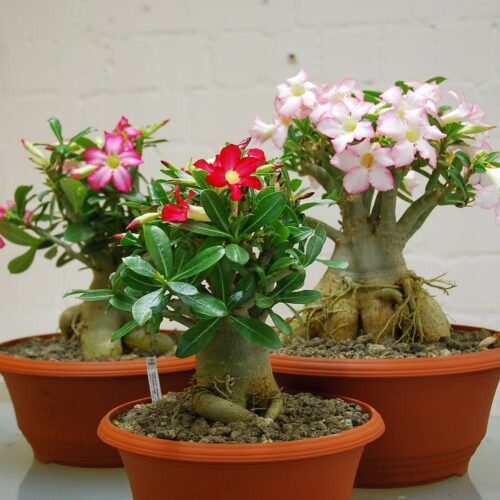
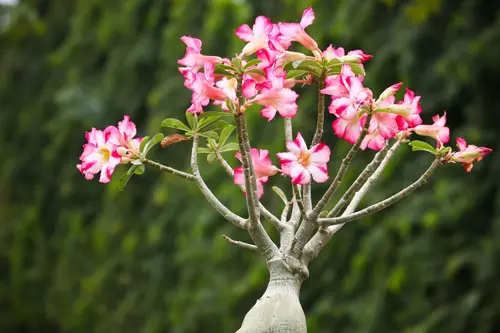

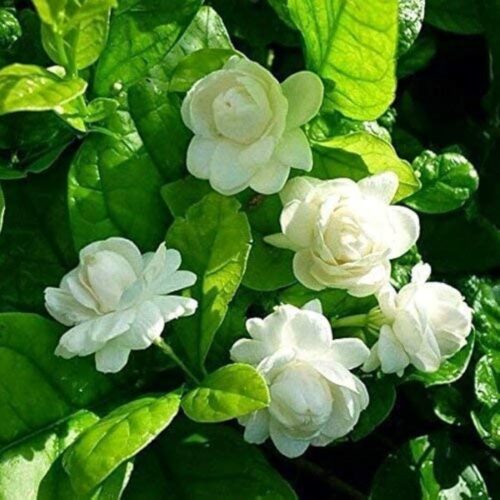
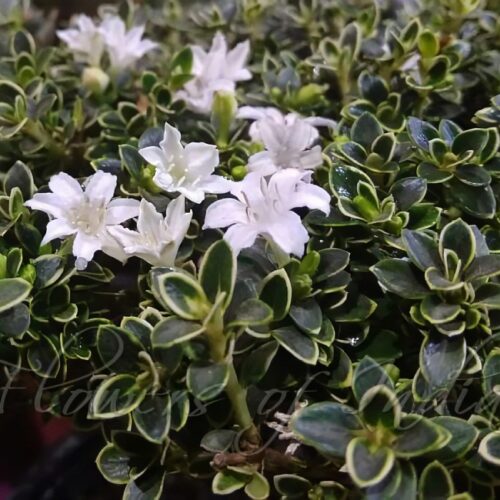
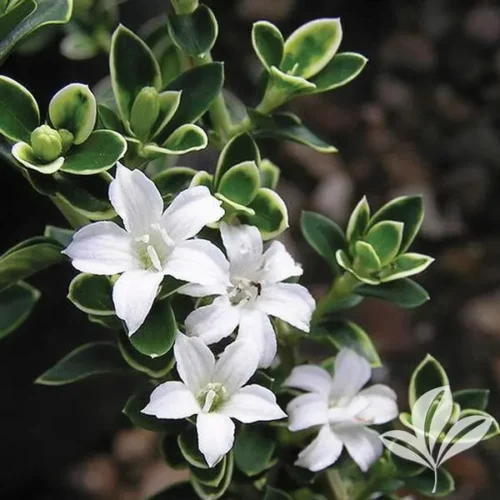
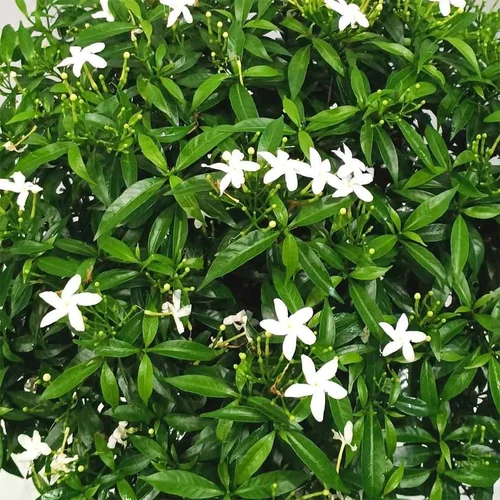
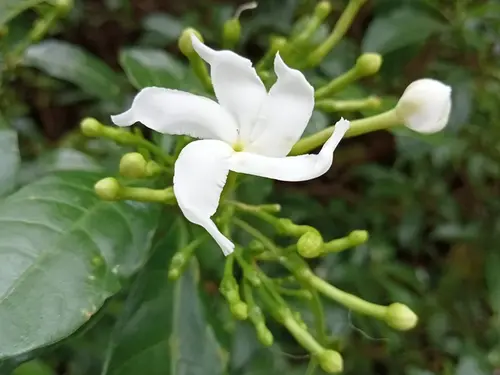
Reviews
There are no reviews yet.